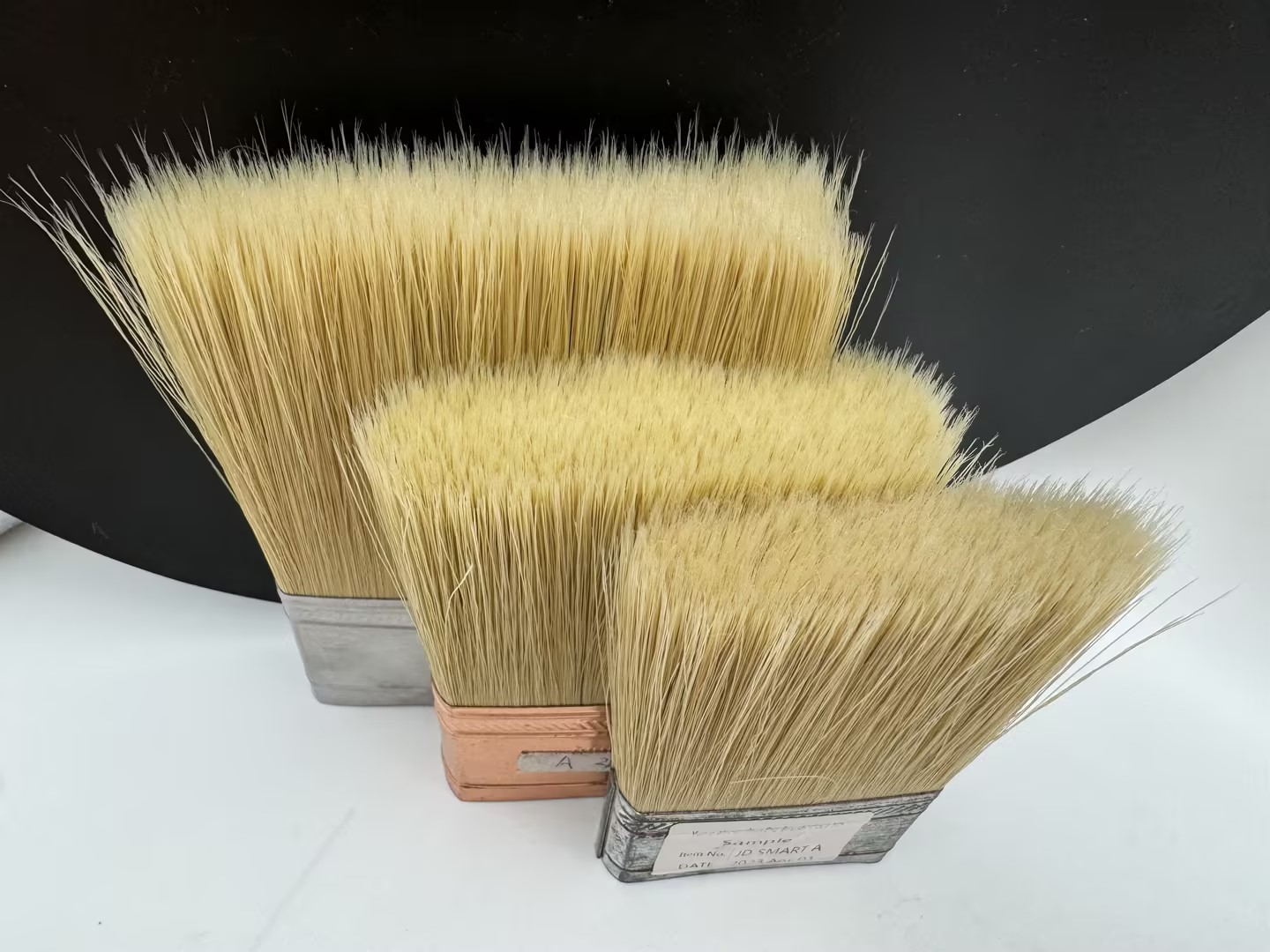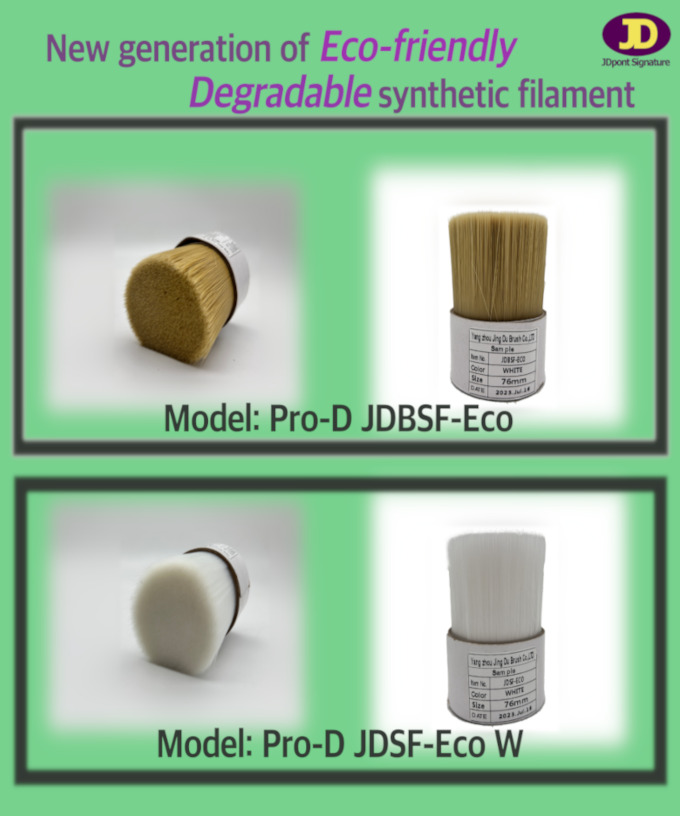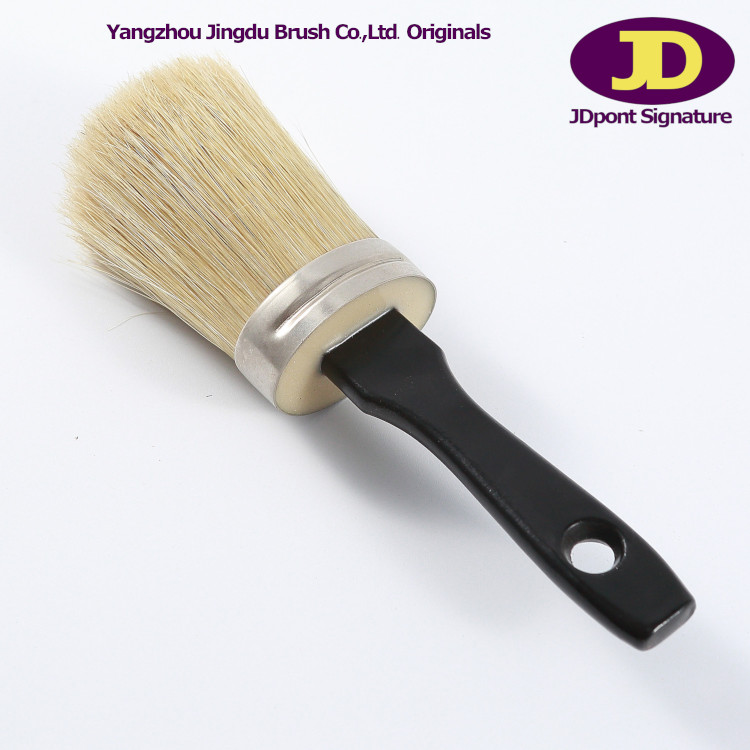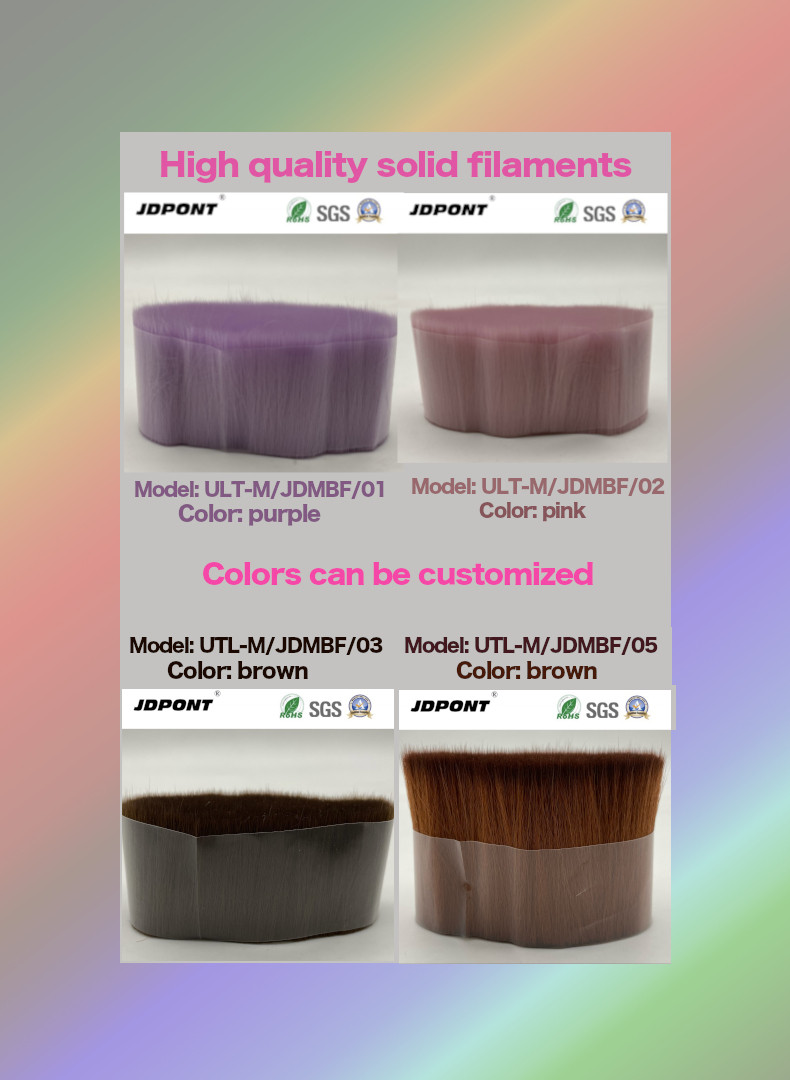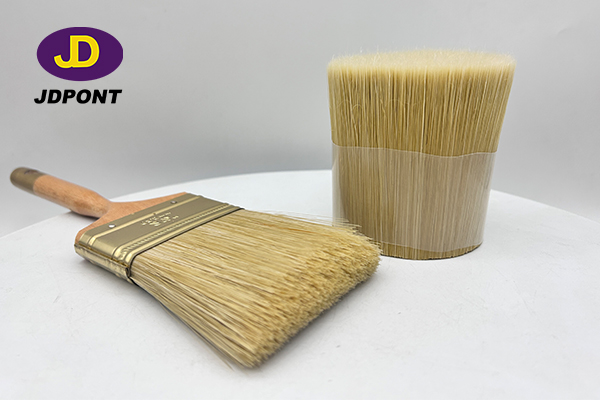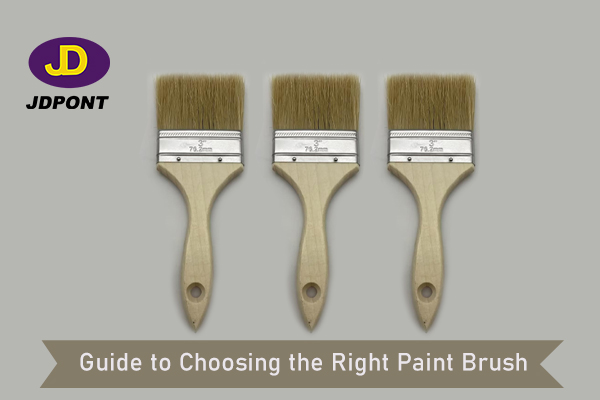Natural or Synthetic Bristles: Whats the difference?
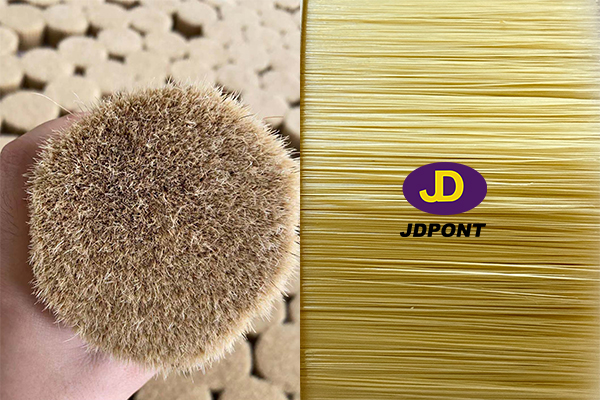
Natural or synthetic bristles: what are they made of?
Natural bristles are made from the hair of various animals. The most commonly used animals are squirrels, foxes, goats, sables, horses or minks. The brush may contain a combination or mixture of animal hair, synthetic fibers and natural hair
These brushes are usually handmade, hand-bundled and hand-bundled.
Synthetic bristles are made from spun polymers (man-made materials such as nylon or polyester).
To make bristles, they need to be processed rather than naturally collected. Therefore, it can be customized with a relatively uniform diameter and color.
Natural or Synthetic Bristles: What's the difference?
Natural bristle
Applies to:
l Milk paint
l Varnish
l Oil-based paint
Price:
More expensive
Advantages:
Ability to pick up, fix and distribute natural pigments
resilient
Tends to hold and release more paint
Leaves a smoother surface with few brush marks
Disadvantages:
Hair sheds during initial use
Not suitable for precision painting
Synthetic bristles ( Made from nylon or polyester or a mix of both)
Applies to:
l Water-based latex paint
l Water-based primer
l Water-based wood finish
l Acrylic paint
Price:
Cheaper than natural mane, budget friendly
Advantages:
durable
Excellent paint absorption and smooth surface
Great for detail work
The smooth texture and elasticity of the bristles uniform the finish and are ideal for water-based satin, glossy finish wood and furniture.
More fade resistant and can withstand multiple washes without changing the shape or shape of the bristles
Disadvantages:
Low paint absorption
harder to clean
Soften after heavy use of latex paint
Natural or Synthetic Bristles: Conclusion
Overall, there are pros and cons to both types of bristles. How to choose depends on your specific needs.
For more information, please visit our website:
www.china-bristle.com
www.brush-filament.com


